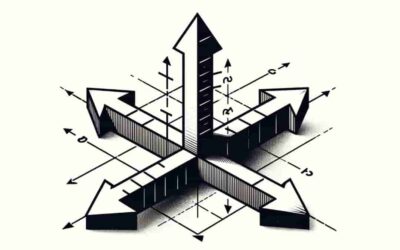The cartesian product of two sets A and B is defined as a set formed by all the possible ordered pairs of elements from A and B, such that the first element comes from set A and the second element comes from set B.
The cartesian product is denoted as A × B.
Let a and b represent arbitrary elements from set A and set B respectively.
So, a ∈ A and b ∈ B.
Then A × B = { (a,b) | a ∈ A, b ∈ B }.
Remember ☞
If A has m elements and B has n elements then their cartesian product will have m × n elements.
If n(A) = m and n(B)=n , then n(A × B) = m × n
Let A = { a, b } and B = { 1, 2, 3 }. Then,
A × B = { (a,1), (a,2), (a,3), (b,1), (b,2), (b,3) }
B × A = { (1,a), (1,b), (2,a), (2,b), (3,a), (3,b) }




0 Comments